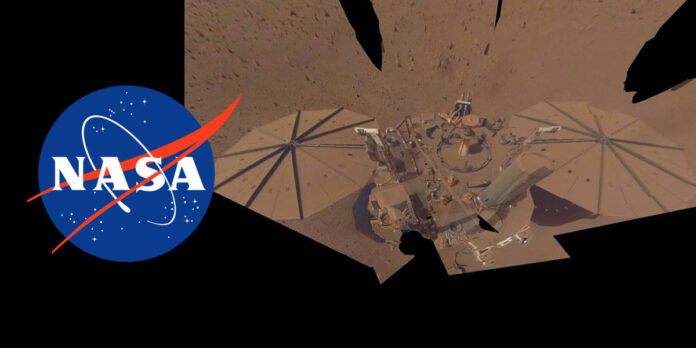WASHINGTON — All good things come to an end, even on Mars.
To that end, NASA’s InSight mission has ended after more than four years of collecting unique science on Mars.
Mission controllers at the agency’s Jet Propulsion Laboratory in California were unable to contact the lander after two consecutive attempts, leading them to conclude the spacecraft’s solar-powered batteries have run out of energy – a state engineers refer to as “dead bus.”
InSight is part of NASA’s Discovery Program, managed by the agency’s Marshall Space Flight Center in Huntsville.
NASA had previously decided to declare the mission over if the lander missed two communication attempts. The agency will continue to listen for a signal from the lander, just in case, but hearing from it at this point is considered unlikely. The last time InSight communicated with Earth was Dec. 15.
“I watched the launch and landing of this mission, and while saying goodbye to a spacecraft is always sad, the fascinating science InSight conducted is cause for celebration,” said Thomas Zurbuchen, associate administrator of NASA’s Science Mission Directorate in Washington. “The seismic data alone from this Discovery Program mission offers tremendous insights not just into Mars but other rocky bodies, including Earth.”
InSight (Interior Exploration using Seismic Investigations, Geodesy and Heat Transport) set out to study the deep interior of Mars. The lander data has yielded details about Mars’ interior layers, the surprisingly strong remnants beneath the surface of its extinct magnetic dynamo, weather on this part of Mars, and lots of quake activity.
Its highly sensitive seismometer detected 1,319 marsquakes, including quakes caused by meteoroid impacts, the largest of which unearthed boulder-size chunks of ice late last year.
Such impacts help scientists determine the age of the planet’s surface, and data from the seismometer provides scientists a way to study the planet’s crust, mantle, and core.
“With InSight, seismology was the focus of a mission beyond Earth for the first time since the Apollo missions, when astronauts brought seismometers to the Moon,” said Philippe Lognonné of Institut de Physique du Globe de Paris, principal investigator of InSight’s seismometer. “We broke new ground, and our science team can be proud of all that we’ve learned along the way.”
The seismometer was the last science instrument that remained powered on as dust accumulating on the lander’s solar panels gradually reduced its energy, a process that began before NASA extended the mission earlier this year.
“InSight has more than lived up to its name,” said Laurie Leshin, director of JPL, which manages the mission. “As a scientist who’s spent a career studying Mars, it’s been a thrill to see what the lander has achieved, thanks to an entire team of people across the globe who helped make this mission a success.
“Yes, it’s sad to say goodbye, but InSight’s legacy will live on, informing and inspiring.”
JPL manages InSight for NASA’s Science Mission Directorate. Lockheed Martin Space in Denver built the InSight spacecraft, including its cruise stage and lander, and supports spacecraft operations for the mission.
Don’t miss out! Subscribe to our email newsletter to have all our smart stories delivered to your inbox.



